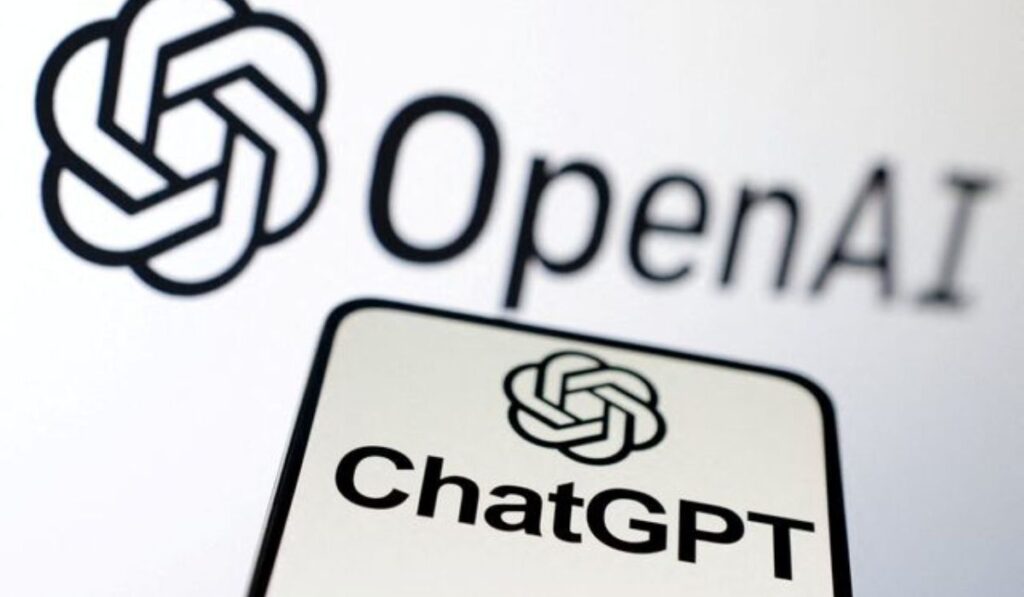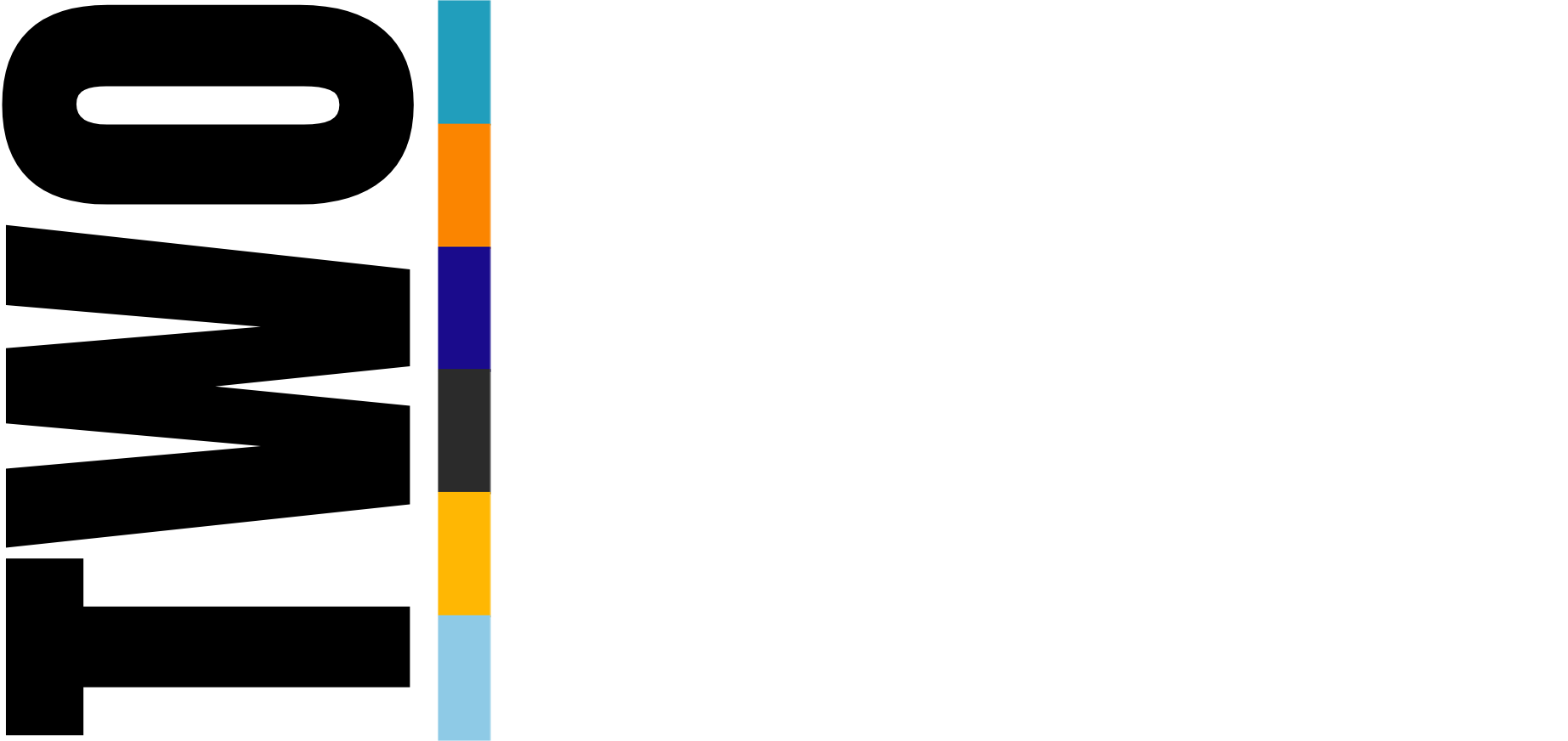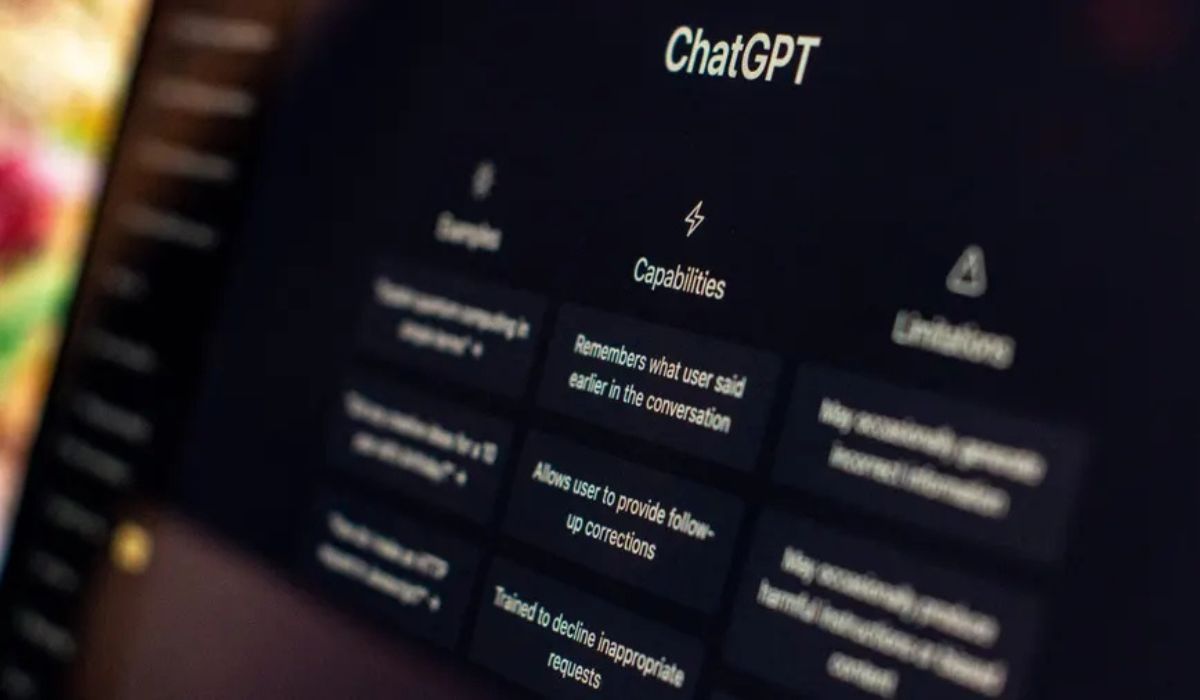As the 2024 U.S. presidential election neared, OpenAI’s ChatGPT made a significant move to counteract misinformation, blocking over 250,000 attempts to generate deepfake images of political candidates in the month leading up to Election Day. This proactive effort was a key moment in the battle to protect electoral integrity amid rising concerns about the use of AI-driven content to manipulate voters.
Deepfakes—hyper-realistic, AI-generated images or videos—had become a tool for spreading disinformation. In January 2024, New Hampshire voters were targeted by robocalls using a deepfake of President Biden urging them not to vote. In response, OpenAI implemented advanced guardrails in its platforms, including ChatGPT and the image generator DALL-E, to block harmful content and guide users toward trustworthy election information.

While this effort was a step in the right direction, it raised questions about the effectiveness of AI tools in curbing misinformation. OpenAI’s actions were part of a broader strategy to address the growing digital disinformation problem. Experts argued that while these measures were promising, they highlighted the need for greater accountability in the AI sector.
Beyond blocking harmful requests, ChatGPT redirected users to reliable resources like CanIVote.org, helping individuals confirm voting eligibility. During the election period, over 2 million responses were redirected to ensure users accessed verified news sources like the Associated Press and Reuters. According to a report from Yahoo, this initiative showcased the positive role AI could play in preventing misinformation from spreading, particularly when it led users toward accurate, credible resources.
However, the technology wasn’t without limitations. ChatGPT’s deepfake detection system boasted an impressive 98.8% accuracy in spotting manipulated DALL-E images, but it only detected images generated by OpenAI’s platform, leaving room for other tools, such as MidJourney or Stability AI, to evade detection. This raised the question of whether industry-wide collaboration was necessary to establish universal standards for content authenticity. OpenAI had already been working with the Coalition for Content Provenance and Authenticity (C2PA), an initiative to create tamper-resistant metadata for digital content.
Despite these efforts, a significant challenge remained: could AI tools keep up with the growing use of deepfakes? Many manipulated videos, such as one featuring Vice President Kamala Harris, had already been circulating on social media.
As the election approached, experts stressed that technology alone could not solve the misinformation crisis. Public awareness and media literacy were key in ensuring citizens could navigate the digital landscape. While OpenAI’s measures were a step forward, a multifaceted approach—combining technology, regulation, and education—was deemed essential for safeguarding democracy.














